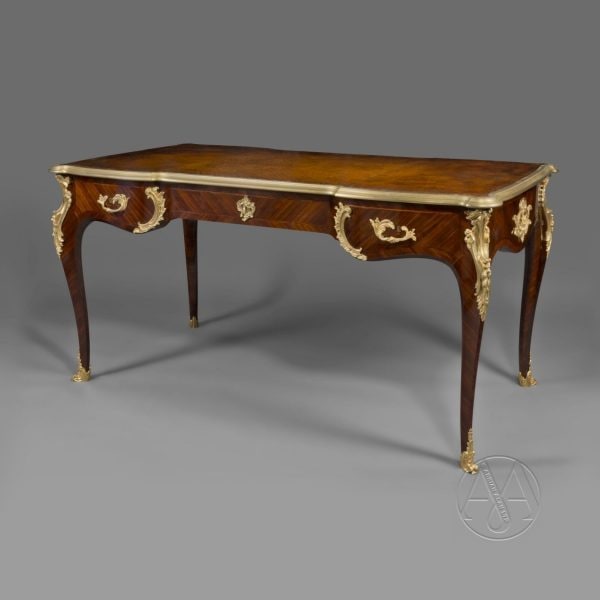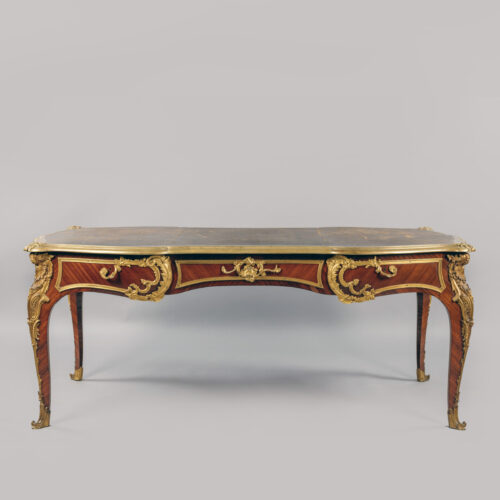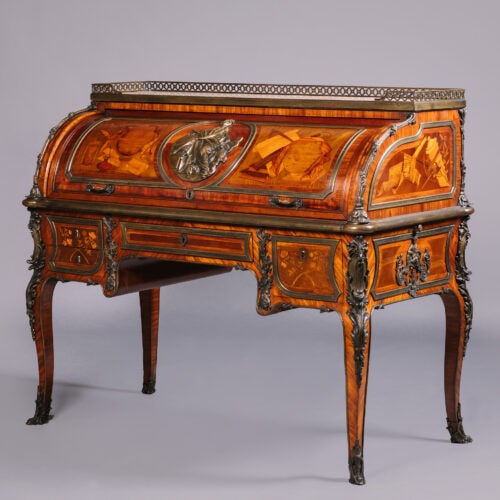François Linke
Un magnífico buró de parquetería enrejado de estilo Regencia Plat
£90,000
A Magnificent Regence Style Gilt-Bronze Mounted Trellis Parquetry Bureau Plat by François Linke. Linke Index No. 795. Signed to the gilt-bronze border...
Dimensiones
Height: 79 cm (32 in)Width: 170 cm (67 in)
Depth: 96 cm (38 in)
Descripción
A Magnificent Regence Style Gilt-Bronze Mounted Trellis Parquetry Bureau Plat by François Linke.
Linke Index No. 795.
Signed to the gilt-bronze border ‘F. Linke’.
Stamped ‘FL’ to the reverse of the gilt-bronze handles
Stamped to the lock ‘CT LINKE SERRURERIE PARIS’ and no. ‘795’.
This fine bureau plat has a rectangular trellis parquetry top with a gilt-bronze dentilled surround and scallop shell clasps to the corners. The frieze is fitted with three drawers to the front and three dummy drawers to the reverse, all with foliate-cast frame and handles. The sides of the desk are centred by Bacchic masks and the corners headed by sculptural gilt-bronze female espagnolettes. The bureau is raised on tapering cabriole legs with acanthus wrapped paw feet.
The original model for this sophisticated bureau plat was made by the important 18th century ébéniste Charles Cressent and now resides at the Huntington Library, San Marino, California. [Object Number: 27.18 ]. The model is distinguished by lively sculptural female espagnolettes to the corners with feathered head-dresses. The mounts were first described by officers of the founder’s guild in a list of bronzes seized in Cressent’s workshop in 1723 as “quatre termes de moyenne grandeur avec des testes de femmes coiffées de plumes et aigrettes, dont le buste est en console” (four terminal figures of medium size with female heads dressed with feathers and tufts). The asymmetrical composition of the figures with their turned heads and suggestion of movement, reflect Cressent’s shift stylistically from the more static forms of the Baroque to a more whimsical and lively Rococo style. The Bacchic masks to the sides of the desk, although derived from baroque models of André-Charles Boulle (1642-1732) from the turn of the century, have also been updated to reflect this new Rococo style with the addition of asymmetrical foliage.
The original bureau plat by Cressent was used for the signature of the Peace Treaty at Versailles in 1919.
Francés, Circa 1890.
Fecha
Alrededor de 1890
Origen
Francia
Medio
Parquetry and Gilt-Bronze
Firma
Signed to the gilt-bronze border ‘F. Linke’. Stamped 'FL' to the reverse of the handles.
François Linke (1855 - 1946) fue el ebanista parisino más importante de finales del siglo XIX y principios del XX, y posiblemente el más cotizado de su época.
Nació en 1855 en el pequeño pueblo de Pankraz, en la actual República Checa. Los registros indican que Linke realizó un aprendizaje con el maestro ebanista Neumann, y que en 1875, a la edad de 20 años, llegó a París, donde vivió hasta su muerte en 1946.
Se sabe que los incipientes talleres de Linke estaban activos en París, en el Faubourg St. Antoine, ya en 1881, y durante esta época suministraba muebles a otros fabricantes más establecidos, como Jansen y Krieger.
La calidad de la artesanía de Linke no fue superada por ninguno de sus contemporáneos y alcanzó su punto álgido con su espectacular stand en la Exposición Universal de París de 1900, donde su Grand Bureau se llevó la medalla de oro. Apostó su fortuna y su reputación en este stand, exponiendo varios muebles impresionantes con montajes escultóricos de la más excepcional calidad y proporción. Su apuesta funcionó y su reputación se consolidó hasta el punto de que Linke siguió siendo la casa de muebles más importante de París hasta la Segunda Guerra Mundial.
Como informó el Art Journal en 1900 sobre el stand de Linke
La obra del Sr. Linke... fue un ejemplo de lo que se puede hacer buscando la inspiración entre los ejemplos clásicos de Luis XV y XVI sin copiar en gran medida estas grandes obras. La obra de M. Linke era original en el verdadero sentido de la palabra, y como tal se recomendaba al buscador inteligente de las cosas realmente artísticas de la Exposición. Se empleó un maravilloso talento en la realización de los magníficos muebles expuestos....'
La formación del estilo distintivo de Linke fue posible gracias a su colaboración con el escultor Léon Messagé. Juntos, Linke y Messagé diseñaron muebles para el stand de Linke en la exposición de 1900, con exuberantes figuras alegóricas fundidas en altorrelieve, que ejemplificaban la capacidad de Linke para fusionar a la perfección los diferentes medios de la talla en madera, el bronce y la marquetería en un todo dinámico y unificado.
En la actualidad, Linke es más conocido por la excepcional calidad de su trabajo, así como por su individualismo e inventiva. Toda su obra tiene los montajes más finos y lujosos, aplicados muy a menudo a carcasas comparativamente sencillas. La brillantez técnica de su obra y el cambio artístico que representó nunca se repitieron.
Bibliografía:
Payne, Christopher. François Linke, (1855 - 1946), The Belle Époque of French Furniture, Antique Collectors' Club, (Woodbridge, UK), 2003.
Meyer, Jonathan. Great Exhibitions - London, New York, Paris, Philadelphia, 1851-1900, Antique Collectors' Club, (Woodbridge, UK), 2006; pp. 298 - 300.
Ledoux - Lebard, Denise. Les Ébénistes du XIXe siècle, Les Editions de l'Amateur, (París), 1984; pp. 439-43.
Revue Artistique & Industrielle, (París), julio-agosto de 1900.
Coral Thomsen, D. (ed), The Paris Exhibition 1900, The Art Journal, 1901; p.341.
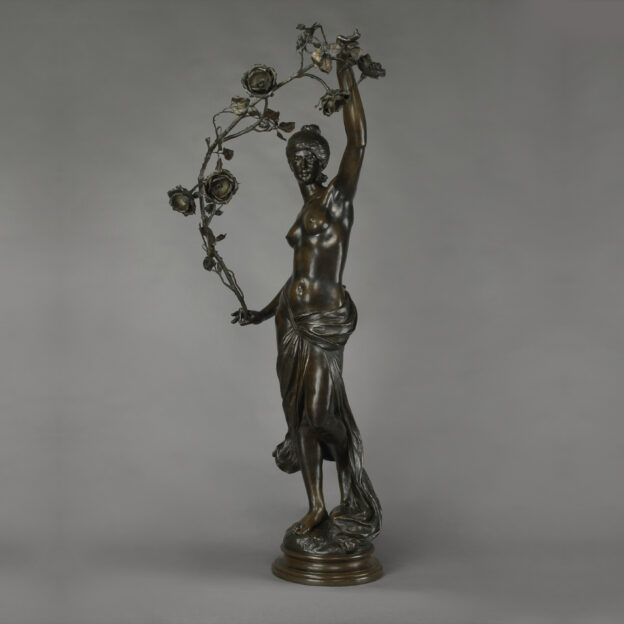




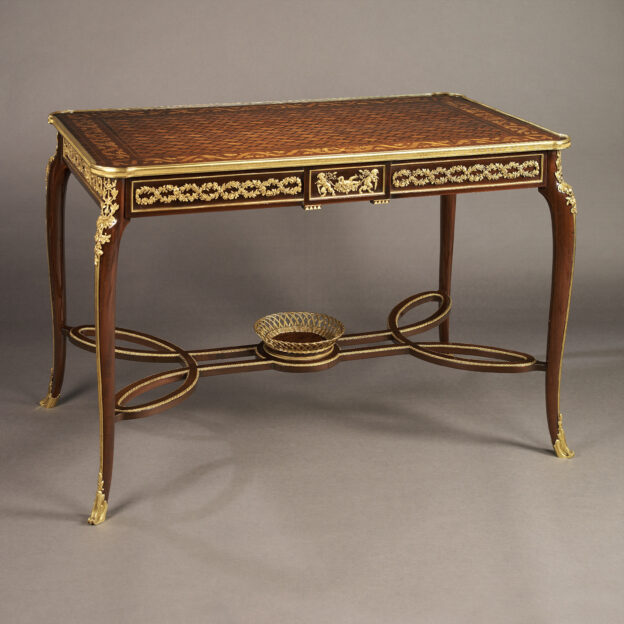

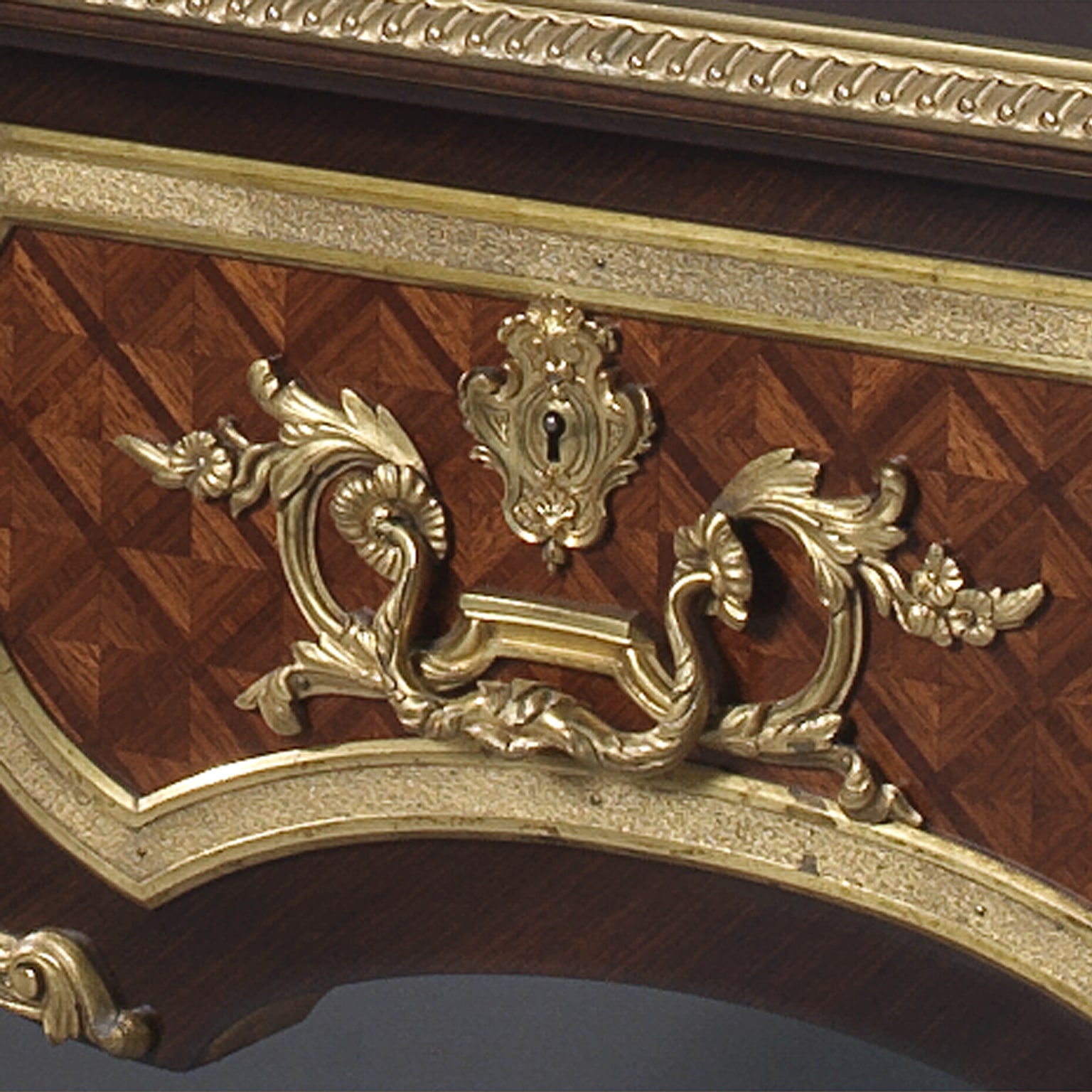
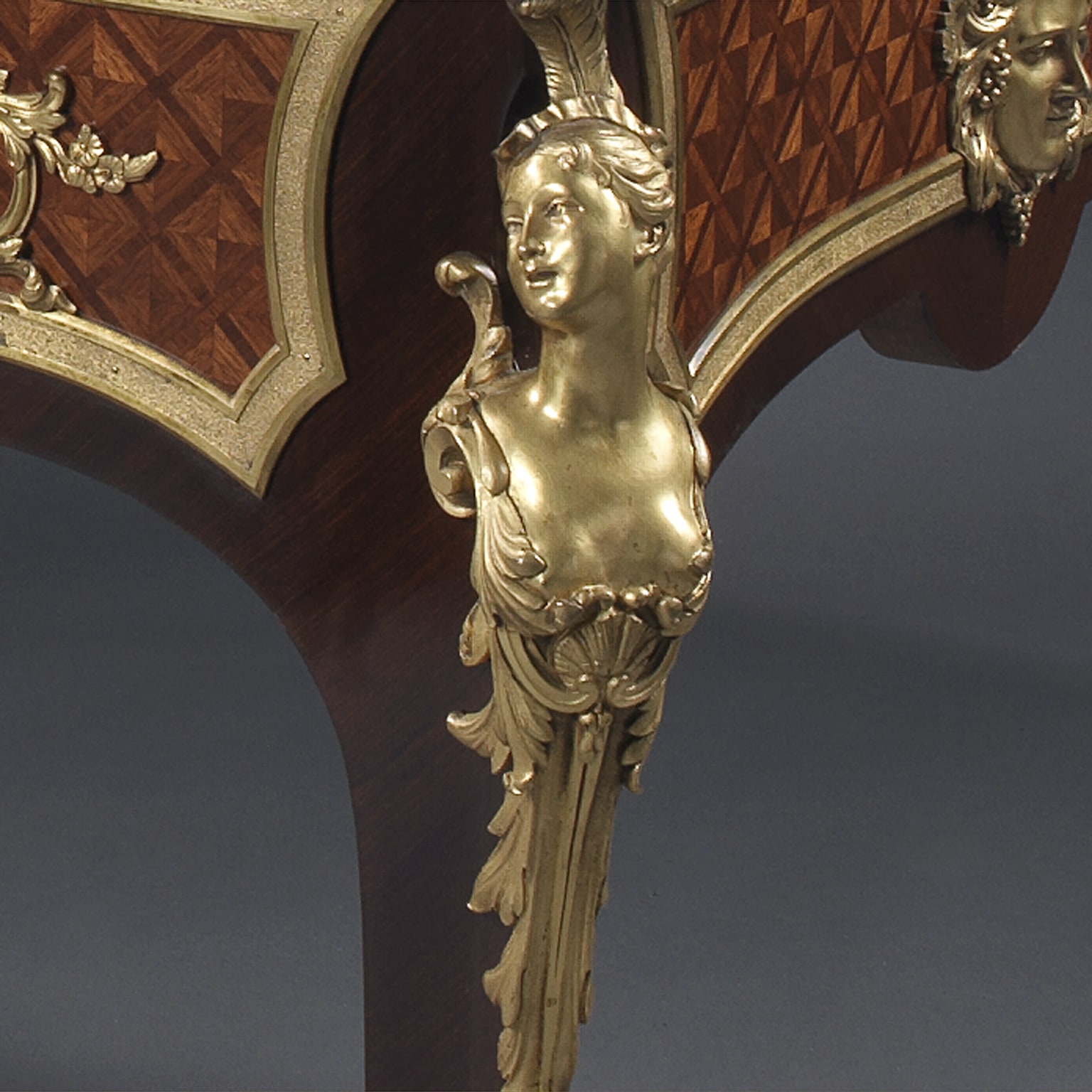
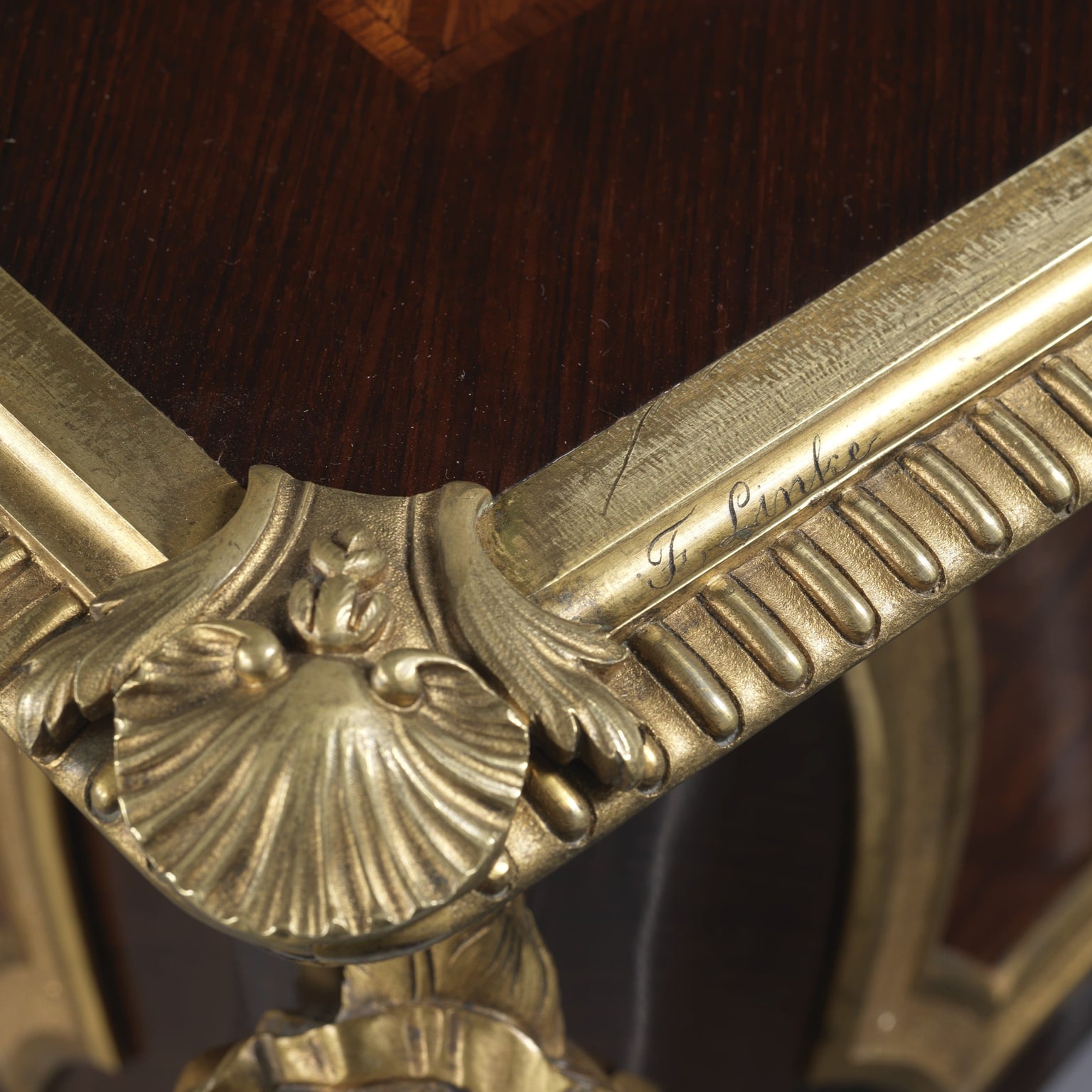
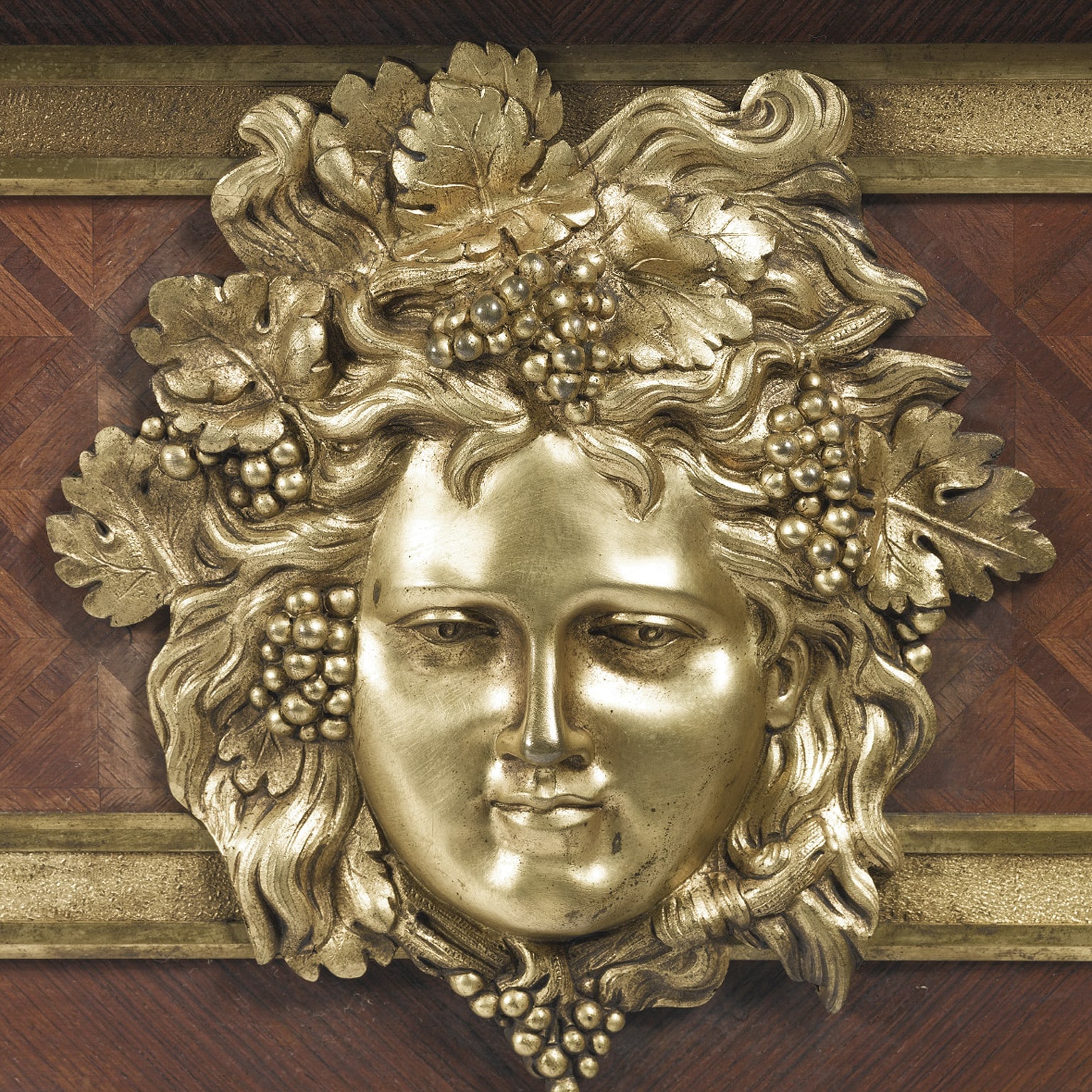
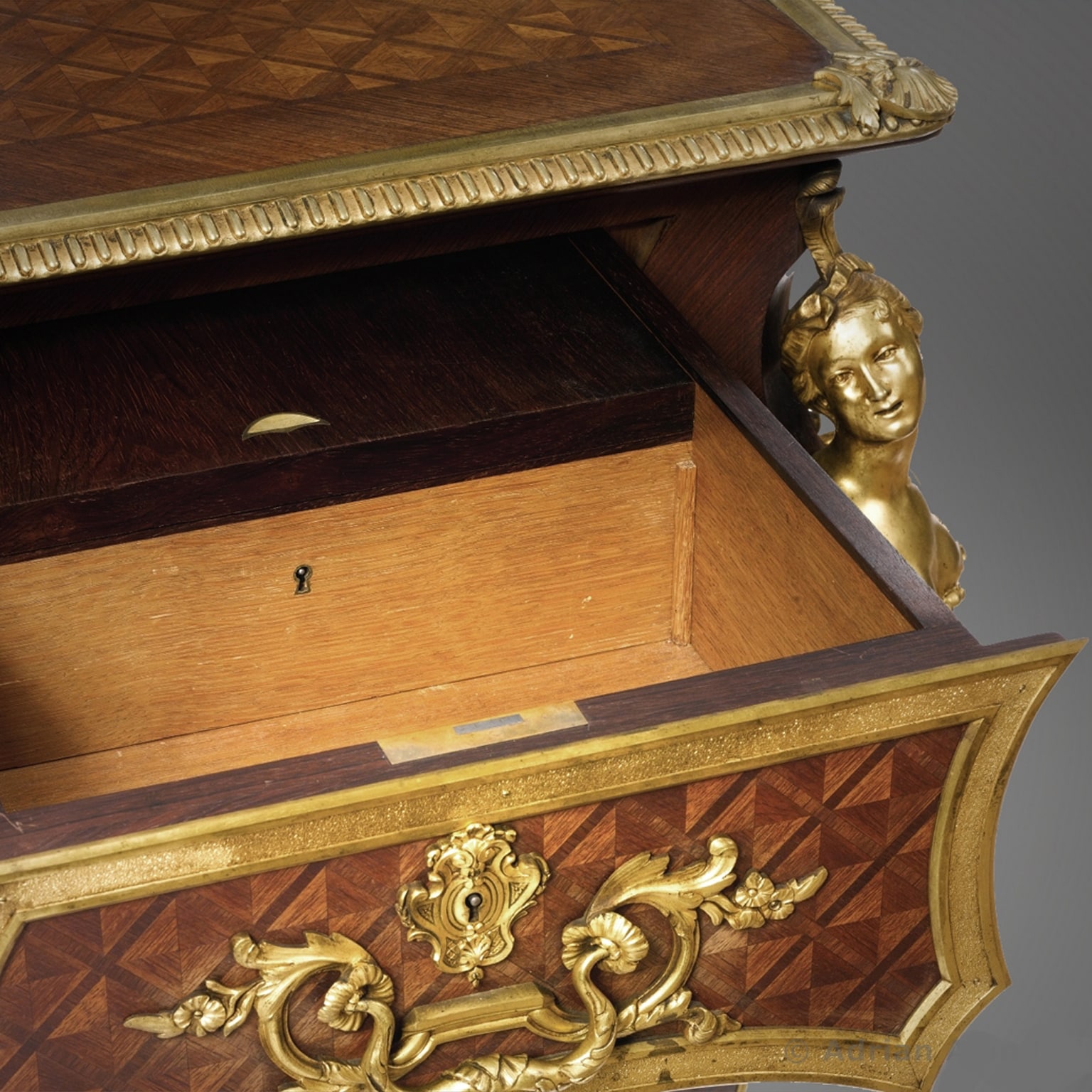
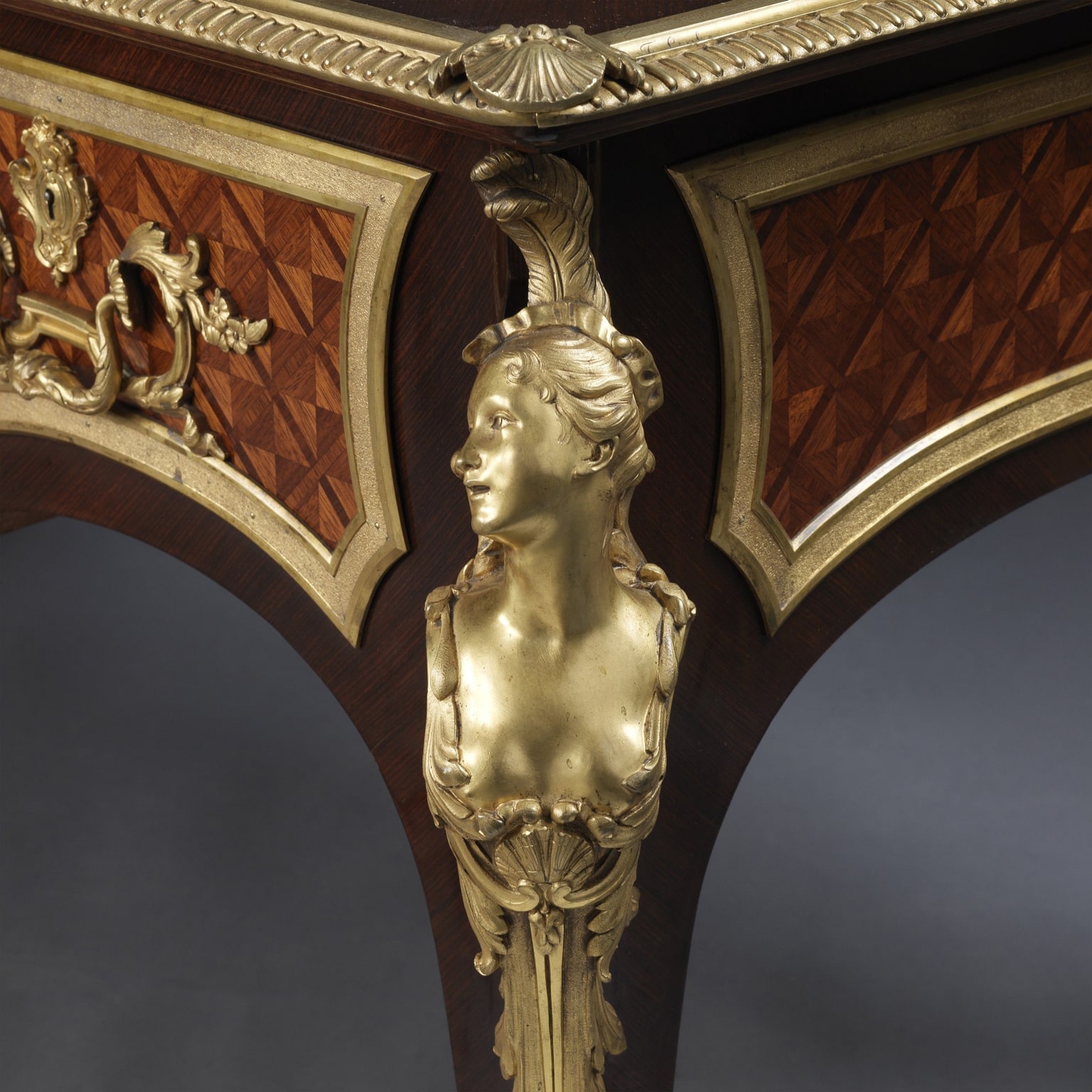
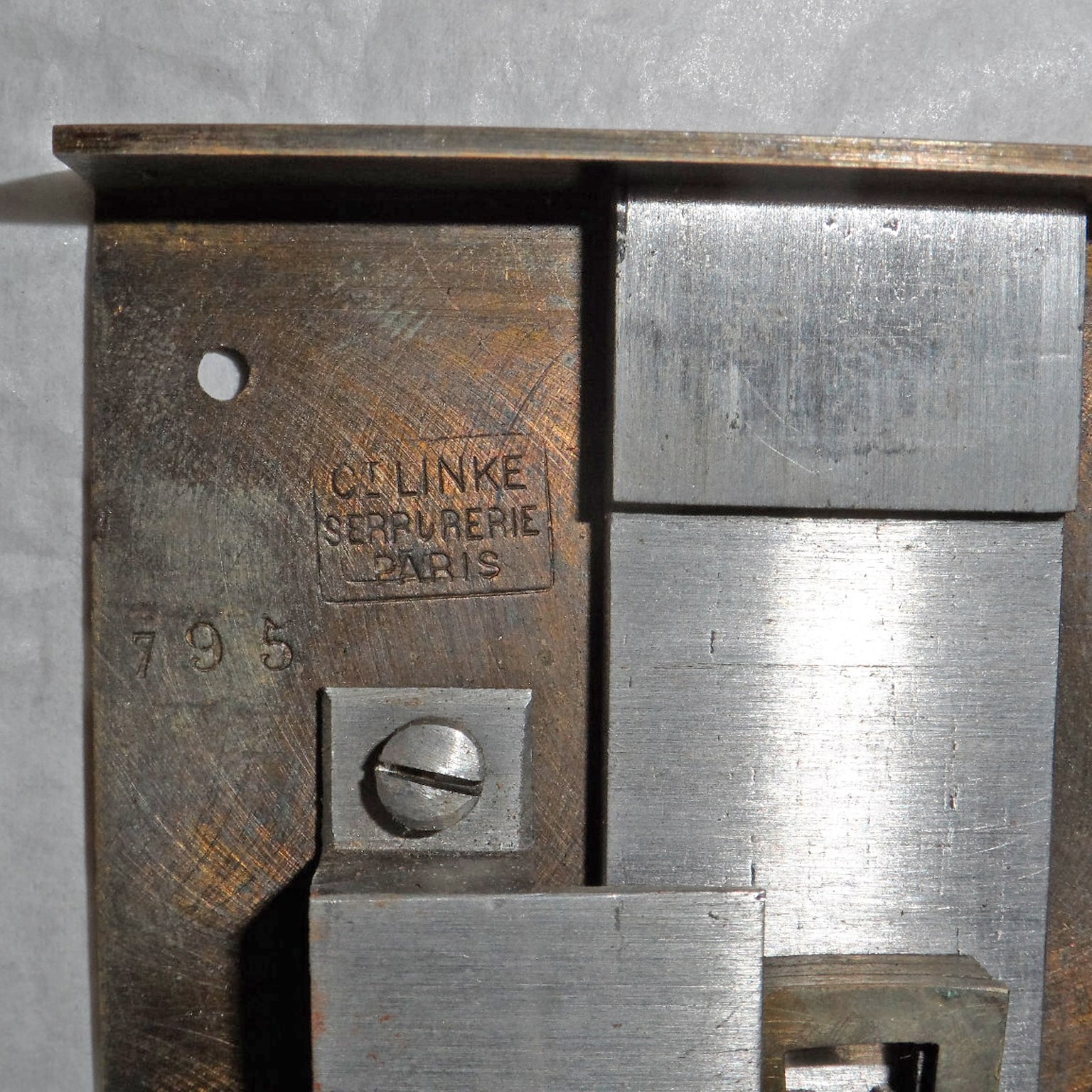

 Imprimir
Imprimir